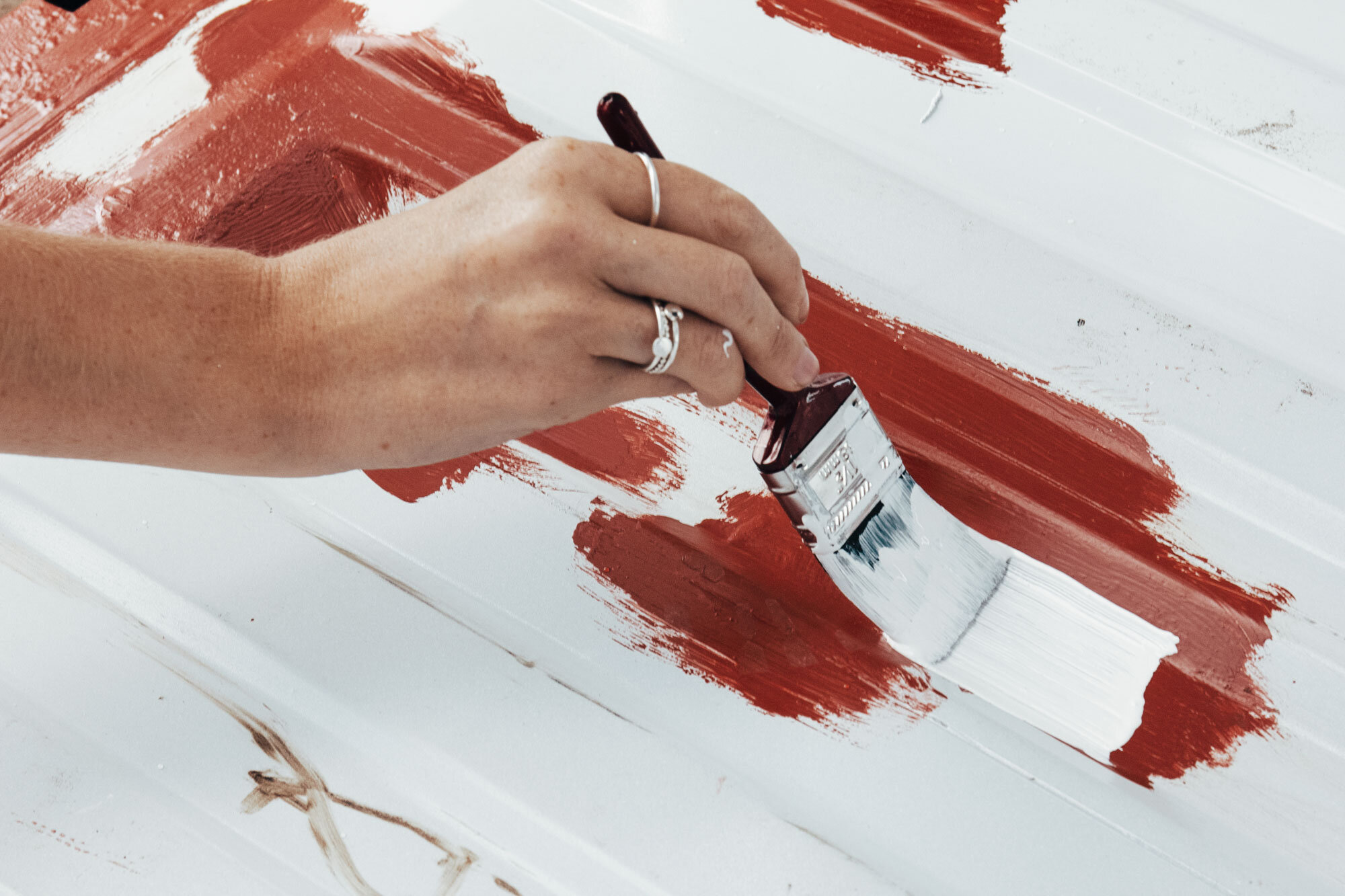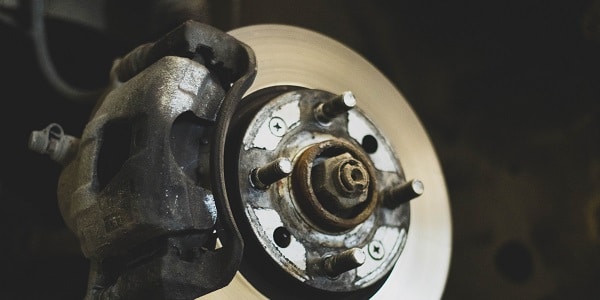Stainless steel and aluminum are two of the most commonly used materials in modern construction and manufacturing. Both materials have unique properties that make them ideal for different applications, but what happens when they are brought into contact with one another? Is there any reaction between stainless steel and aluminum?
The answer is, it depends. In general, stainless steel and aluminum are not reactive with one another, which means they can be used in close proximity without fear of corrosion or other issues. However, under certain conditions, a reaction between the two materials can occur, leading to a phenomenon known as “galvanic corrosion.” This occurs when an electrical current flows between two dissimilar metals in the presence of an electrolyte, such as water. The result can be accelerated corrosion of one of the metals, which can have serious consequences for the integrity of the materials.
To minimize the risk of galvanic corrosion, it is important to ensure that there is a barrier between aluminum and stainless steel, such as a layer of paint or a barrier coating. In addition, it is important to avoid exposing the metals to harsh environments that can cause corrosion, such as saltwater or high humidity. Taking these steps makes it possible to ensure that stainless steel and aluminum can be used together safely and effectively, without fear of unwanted reactions between the two materials.
Does Stainless Steel React With Aluminum
Stainless steel is a popular choice for many applications because of its excellent resistance to corrosion and rust formation. This is due to the presence of chromium in the steel, which forms a passive layer on the surface of the metal, preventing corrosion from occurring. On the other hand, aluminum is a lightweight and versatile metal that is also known for its resistance to corrosion.
Now, when it comes to the interaction between stainless steel and aluminum, I am thrilled to report that in most cases, these two metals do not react with each other. This means that they can be used in close proximity without fear of any significant corrosion or other issues. However, under certain conditions, a reaction between the two metals can occur, leading to a phenomenon known as “galvanic corrosion.” This occurs when an electrical current flows between the two dissimilar metals in the presence of an electrolyte, such as water.
To minimize the risk of galvanic corrosion, it is important to ensure that there is a barrier between the aluminum and stainless steel, such as a layer of paint or a barrier coating. In addition, it is important to avoid exposing the metals to harsh environments that can cause corrosion, such as saltwater or high humidity.
Stainless Steel with Aluminum Ingredients and a Comparison Table
Stainless Steel: Stainless steel is a type of steel that contains at least 10.5% chromium, which provides excellent resistance to corrosion and rust formation. The chromium in the steel reacts with oxygen in the air to form a thin, protective layer on the surface of the metal. This passive layer, known as a chromium oxide film, helps to prevent further corrosion from occurring. Stainless steel is widely used in a variety of applications due to its strength, durability, and corrosion resistance, making it a popular choice for many engineers and designers.
Aluminum: Aluminum is a lightweight and versatile metal that is well-known for its resistance to corrosion. Unlike steel, aluminum forms a protective oxide layer on its surface when it is exposed to air, which helps to prevent further corrosion from occurring. This makes aluminum a popular choice for a variety of applications, including construction, transportation, and packaging.
| Feature | Stainless Steel | Aluminum |
|---|---|---|
| Composition | Contains at least 10.5% chromium | Pure aluminum or aluminum alloys |
| Corrosion Resistance | Excellent, due to formation of chromium oxide film | Good, due to formation of aluminum oxide film |
| Strength | Strong and durable | Lightweight and versatile |
| Popular Applications | Construction, transportation, and packaging | Construction, transportation, and packaging |
As you can see from the comparison table, both stainless steel and aluminum have excellent resistance to corrosion, making them both popular choices for a variety of applications. Stainless steel is stronger and more durable, while aluminum is lightweight and versatile. Ultimately, the choice between stainless steel and aluminum will depend on the specific requirements of each application, such as strength, weight, and cost.
Table of Equipment that Can Be Used when Working with Stainless Steel and Aluminum
| Equipment | Purpose |
|---|---|
| Protective gloves | To protect hands from cuts or abrasions when handling sharp metal edges |
| Safety glasses | To protect eyes from flying debris or sparks during cutting or welding processes |
| Welding helmet | To protect face and neck from heat and UV radiation during welding |
| Grinding wheels | To remove rust, corrosion, or rough spots from the surface of the metal |
| Cutting saws | To cut metal into desired shapes and sizes |
| Drills | To create holes in metal for fastening or other purposes |
| Sanders | To smooth the surface of the metal and remove any imperfections |
| Welding machines | To join two pieces of metal together using heat and pressure |
| Sheet metal shears | To cut sheet metal into desired shapes and sizes |
| Punch and die sets | To create holes or shapes in metal using a punch press |
It’s important to note that different types of equipment may be required depending on the specific application, so it’s always best to consult with a specialist or engineer to determine the best tools and equipment for your needs. With the right tools and equipment, working with stainless steel and aluminum can be a safe and enjoyable experience!

Instructions on How to Work with Stainless Steel and Aluminum Together
- Determine the requirements of your project: Before starting your project, it’s important to determine the specific requirements and goals, such as strength, weight, and cost. This will help you determine which type of metal to use and how to work with it.
- Gather necessary equipment and materials: Once you have determined the requirements of your project, gather all necessary equipment and materials, such as protective gloves, safety glasses, cutting saws, and welding machines.
- Prepare the metal: Before starting work on the metal, inspect it for any imperfections, such as rust or corrosion. If necessary, use a grinder or sander to remove any imperfections and prepare the metal for cutting or welding.
- Cut the metal: Use a cutting saw or sheet metal shear to cut the metal into the desired shapes and sizes. Take care to wear protective gloves and safety glasses while cutting to prevent injury.
- Weld the metal: If necessary, use a welding machine to join two pieces of metal together. Make sure to follow all safety precautions, including wearing a welding helmet and protective gloves, and to properly set up the welding machine.
- Finish the metal: After welding, use a grinder or sander to smooth the surface of the metal and remove any imperfections. You can also use a punch and die set to create holes or shapes in the metal, if desired.
- Inspect the finished product: Before using or installing the finished product, inspect it to make sure it meets your requirements and is free from defects. If necessary, make any necessary adjustments or repairs before using or installing the product.
By following these steps, you can work with stainless steel and aluminum together to create strong, durable, and corrosion-resistant products. Remember to always follow safety precautions when working with metal and to consult with a specialist or engineer if you have any questions or concerns.

F.A.Q.
Can stainless steel and aluminum be used together in the same project?
Yes, stainless steel and aluminum can be used together in the same project. However, it’s important to properly prepare and finish the metal to prevent corrosion and ensure the final product meets your requirements.
Can aluminum corrode stainless steel?
No, aluminum cannot corrode stainless steel. However, if aluminum and stainless steel are in contact with each other in the presence of an electrolyte, such as salt water, a galvanic reaction can occur, causing corrosion of the aluminum.
How can I prevent corrosion between stainless steel and aluminum?
To prevent corrosion between stainless steel and aluminum, it’s important to properly prepare the metal before use and to properly finish the metal after welding. You can also use a barrier, such as a coating or insulating material, to prevent contact between the two metals.
Can I weld stainless steel and aluminum together?
Yes, you can weld stainless steel and aluminum together, but it requires specialized equipment and techniques. It’s important to consult with a specialist or engineer to determine the best welding method for your specific application.
Is stainless steel more expensive than aluminum?
The cost of stainless steel and aluminum can vary depending on the specific type and thickness of the metal. In general, stainless steel is more expensive than aluminum, but it offers a higher level of resistance to corrosion and is ideal for certain applications where strength and durability are a priority.



Leave a Reply